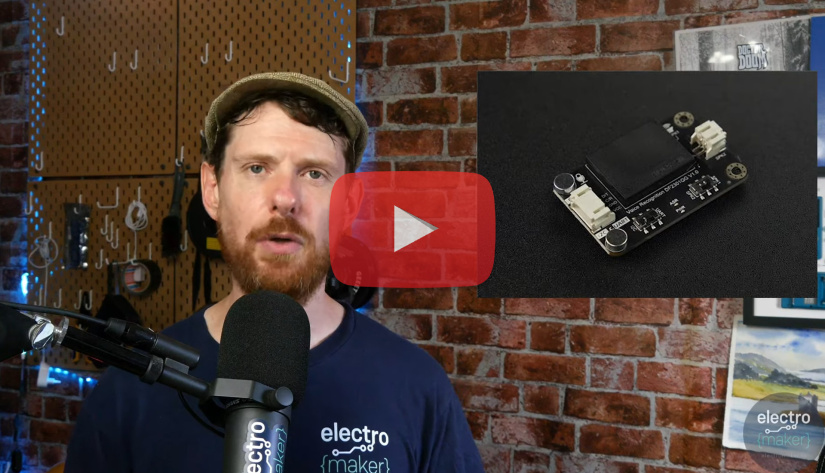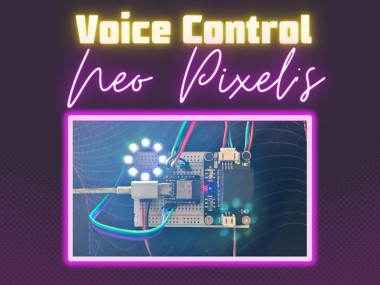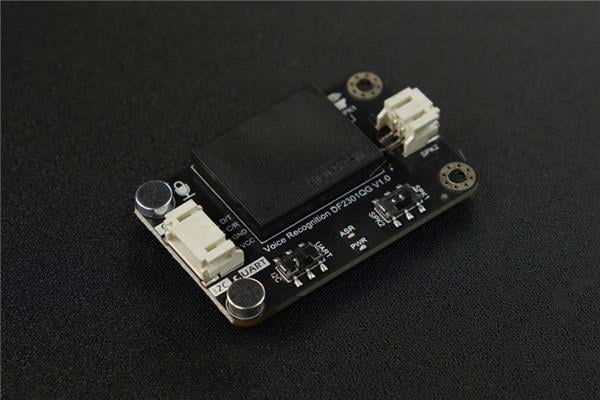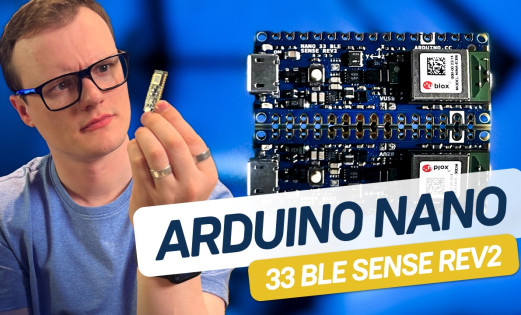Control NeoPixels with Offline Voice Commands Using ESP32
The Offline Voice Controlled Addressable LEDs project by CETECH11 showcases an innovative way to control addressable LEDs, such as NeoPixels, through offline voice commands. Utilizing the DFRobot Gravity Offline Voice Sensor and the versatile ESP32 development board, this setup eliminates the need for internet connectivity while providing real-time voice control over the LEDs. These components offer a cost-effective and efficient solution for creating responsive and customizable lighting effects for various applications.

Watch Ian discuss the Voice-controlled Neo Pixels project in this episode of The Electromaker Show
Components and Setup
The Adafruit NeoPixel Ring provides a vibrant and programmable LED display. The DFRobot Gravity Offline Voice Sensor is capable of recognizing and processing voice commands locally, allowing for real-time control without an internet connection. The ESP32 C3 development board, known for its robust features including Wi-Fi and Bluetooth support, acts as the brain of the operation, executing the commands to control the NeoPixels.

Project Implementation
Setting up the project involves connecting the NeoPixel Ring to the ESP32 board and integrating the DFRobot voice sensor. The provided example code helps in testing the connections and ensuring the NeoPixels respond to voice commands. This initial setup checks that the LEDs light up correctly, turning on and off, and changing colors based on the voice instructions.

Adding Custom Commands
One of the highlights of this project is the ability to add custom voice commands. Users can program the DFRobot sensor with specific phrases like "lights on," "lights off," "lights to red," and "lights to green." These commands allow for a tailored and interactive lighting experience, with the ESP32 board interpreting and executing the voice instructions effectively.
This project demonstrates the potential of offline voice control in various applications, from home automation to creative installations. By combining the DFRobot Gravity sensor, NeoPixels, and the ESP32 board, users can achieve a responsive and customizable lighting setup. The simplicity and cost-effectiveness of this approach make it accessible for both beginners and experienced hobbyists.
Did you enjoy this article?
Make sure you subscribe to The Electromaker Show for similar content and subscribe to our monthly newsletter!














































Leave your feedback...